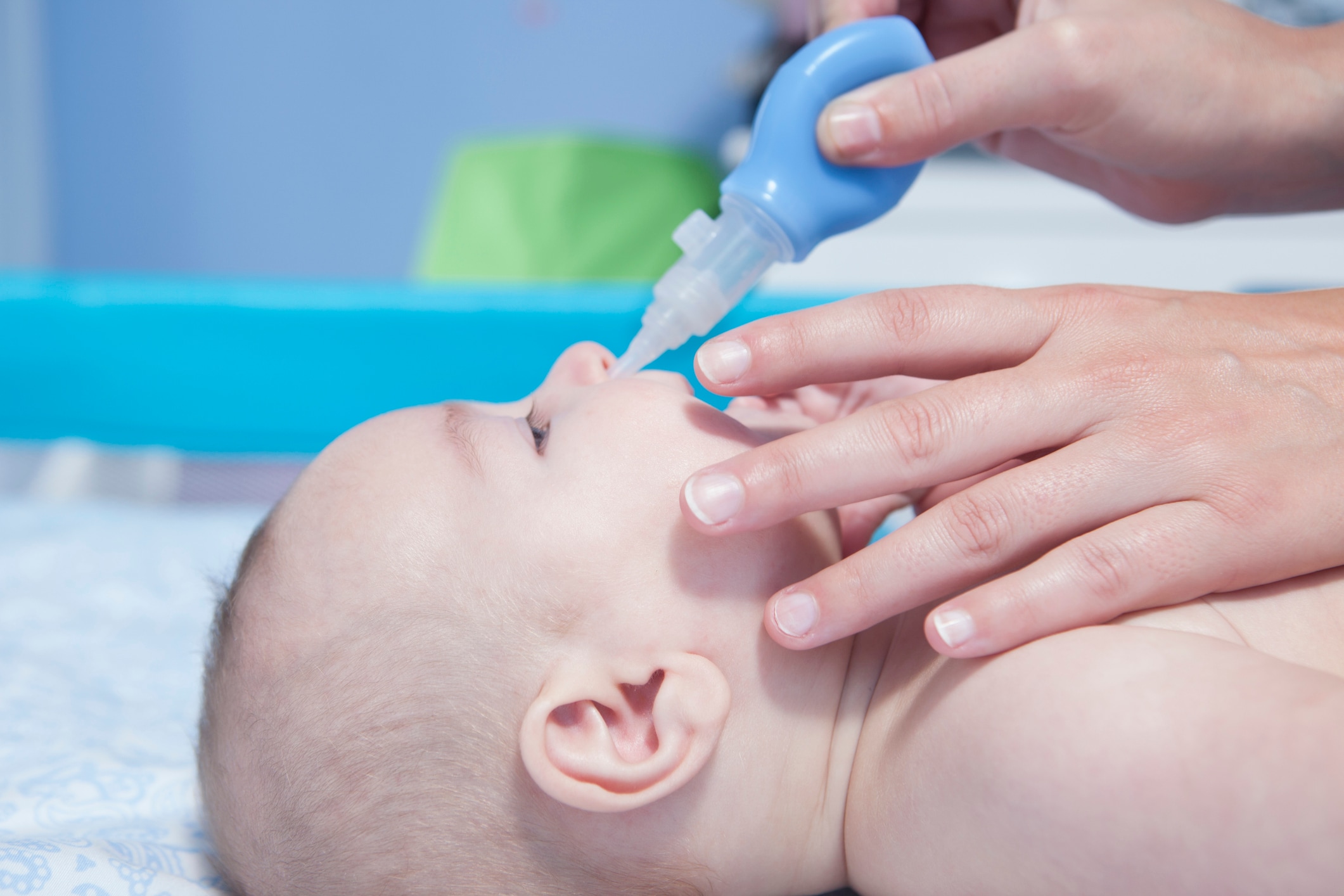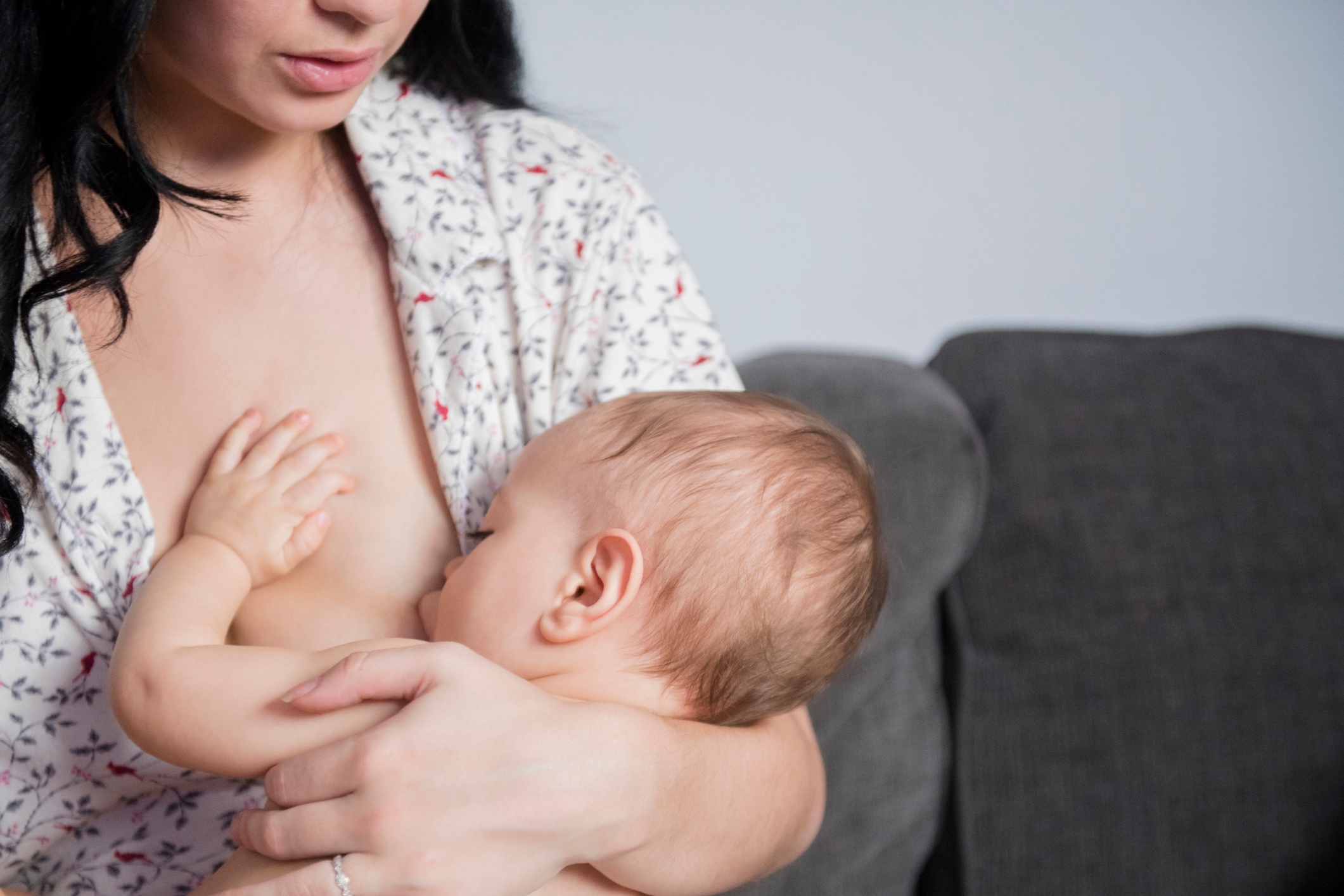The purpose of pre-kindergarten, or pre-K, may be to prepare children for that milestone experience of kindergarten, but it is also a school year that holds so much importance as a milestone year in itself. It sets the stage for big kid school (cue the waterworks that are almost guaranteed at pre-K graduation!) and is chock full of various kinds of learning that help children around the age of 4 develop age-appropriate skills in what should be a warm and nurturing environment.
“Pre-K is a wonderful stepping stone to kindergarten,” explains Annie Dycus, co-founder and educator at read-and-play book club subscription LᐧMᐧNᐧOᐧPlay! and former preschool teacher in New York. “It provides children with the opportunity to learn and grow in a community, strengthening their social-emotional, cognitive and physical growth and setting them up to love the process of learning.”
What is pre-kindergarten?
Pre-kindergarten is exactly that, as it often refers to the school year directly before kindergarten and serves to prepare children for a successful kindergarten experience, explains Erin O’Connor, professor and program leader of early childhood education at New York University in New York, co-host of the Parenting Understood podcast and Chief of Education at Cooper, an online parenting community.
“The focus [of pre-K] is often on social-emotional skills, including self-regulation (i.e. turn taking), social interaction (i.e. engaging with peers and adults) and autonomy (i.e. dressing), as research indicates these are some of the most important factors related to kindergarten readiness,” notes O’Connor.
She adds, “Play is a key way children learn these vital skills. It is often through play, as well, that children’s literacy and math, as well physical and creative skills are supported.”
Both O’Connor and Dycus note the importance of learning through play (meaning that there is a focus on exploration and engagement in the classroom and with peers), as it not only helps children learn the skills important for kindergarten readiness, but also tends to be more child-directed and helps children foster a love for learning early on in their development.
Join Care for free
At what age do children enter pre-kindergarten?
Children generally enter pre-K around 4 years of age, although some children will begin the school year when they are still 3 and others will turn 5 shortly after the school year begins. This often depends upon the cutoff dates for kindergarten entrance, which vary from state to state and district to district or from one private school to the next, as well as the cutoff dates for public preschool and public pre-K programs, which vary accordingly.
It is also important to note that many children in pre-K have already attended preschool classes. While these prior preschool years give children important experience in a classroom setting, they are not, explains O’Connor, exactly the same as that pre-K year before kindergarten.
So, how does pre-kindergarten differ from preschool and kindergarten?
There is a natural progression — both in terms of age and curriculum — from those early preschool years to pre-K and then to kindergarten. “Preschool is a more general term for early childhood education prior to kindergarten,” explains O’Connor of education that, across the board, introduces social-emotional skills, varying degrees of academics, an introduction to school and an opportunity for socialization. “Pre-K refers specifically to a program designed to prepare children for the kindergarten transition.”
That said, children in preschool are usually 2 to 4 years of age, while pre-kindergarten is geared to children 4 and 5 years of age (again, with some children beginning just before turning 4).
The focus of the curricula in preschool, pre-K and kindergarten differ from one another in that academic and social-emotional skills build upon one another from one year to the next. For example, children may be able to focus on tasks for longer periods of time as they progress through their early education.
“In pre-K especially, the focus is on those key skills of self-regulation, social engagement and autonomy,” notes O’Connor. “Early literacy and math skills are also supported often through play.”
She continues, “The curriculum in kindergarten tends to be more structured and less play-based than that in pre-K.”
Some states and schools also offer what is known as transitional kindergarten (TK) — a program first established by the state of California to bridge the gap for children whose birthdays fall close to the kindergarten cutoff date (think September to December birthdays) and will eventually be offered to all 4-year-olds in the state. TK (which is mostly implemented in public schools) has a slightly more academic structure than pre-K and should not be confused with junior kindergarten, which is a term many independent schools use for a play-based year before kindergarten, notes O’Connor.
“The focus [of pre-K] is often on social-emotional skills, including self-regulation (i.e. turn taking), social interaction (i.e. engaging with peers and adults) and autonomy (i.e. dressing), as research indicates these are some of the most important factors related to kindergarten readiness.”
— Erin O’Connor, professor and program leader of early childhood education at New York University in New York
How can one pre-kindergarten program differ from the next?
While pre-kindergarten classes are designed to focus on kindergarten readiness (and are expected to align to whatever state, district or even national standards are required), there can be differences from one pre-kindergarten program to the next. According to the experts, these variations include:
Physical environment
Pre-K programs can be either public or private, with programs ranging from those that offer a more specialized curriculum to those that are faith-based. O’Connor notes that pre-K programs can be in standalone preschool or pre-K centers, housed in community centers, or “part of a larger continuing school that includes kindergarten and other grades.”
Length of the school day
Pre-kindergarten programs can be either half-day in the morning or afternoon or full-day, which looks more like a typical six-ish-hour school-day often beginning between 8 and 9 am and ending between 2 and 3 pm.
Teaching approach
Most pre-K programs use a play-based approach to learning (something the experts agree is of paramount importance in early education) rather than just direct instruction — but there can be distinctions in how this is implemented depending upon other pedagogical approaches or elements of these philosophies, such as Montessori or Reggio Emilia, that the specific school or program adheres to.
Quality of the environment
Universal access to pre-K, which is the goal of publicly-funded programs, helps give all students a leg up on the foundational skills they will build upon in kindergarten as it ultimately aims to create a more equitable education system. Dycus indicates that many initiatives can also “offer support for food-insecure individuals, as well as child care and access to an academic support system.”
Of course, both access to a pre-K program and the quality of the program are important in best preparing children for school in the long run. O’Connor explains that a high-quality pre-K doesn’t just maintain optimal class size and student to teacher ratio, but it fosters childrens’ development and promotes kindergarten readiness through factors “such as the warmth of teacher-child interactions.”
Lindsey Dobin, a Brooklyn, New York-based mom to a current pre-K student, says that she continued her son in a universal pre-K class at his preschool, which she already knew “had a really warm, loving and caring environment for a first-time school experience.” And her son, who is now in his third year at the school, is reaping the benefits of this quality, along with what she says is a well-rounded curriculum, focus on creativity and great student to teacher ratio. “It really gives each child the opportunity to learn and shine,” explains Dobin.
“Through supervised group play and just by being in a classroom setting, children can learn to be more empathetic, confident, contributing members to a group of individuals who are different from themselves.”
— Annie Dycus, co-founder and educator at read-and-play book club subscription LᐧMᐧNᐧOᐧPlay!
What types of learning take place in the pre-kindergarten classroom?
School at this age “is intended to support children’s social flexibility, resilience and empowerment,” explains Dycus. “Through supervised group play and just by being in a classroom setting, children can learn to be more empathetic, confident, contributing members to a group of individuals who are different from themselves.”
Caregivers can help prepare children for their pre-K experience in various non-stressful ways (such as reading — everywhere and everything! — and organizing adult-supervised playdates) — but, while children may have been introduced to these skills and concepts in prior preschool classes or at home, O’Connor adds that there are no “expected skills” with which to enter pre-K. There are, though, various types of skills that children are encouraged to develop throughout the year. According to the experts, these include (but are not limited to):
Social-emotional skills
Learning how to make friends, negotiate conflict, share and take turns, notes Dycus, are all integral to the pre-K experience — as is labeling and recognizing emotions in oneself and in others. “At the end of pre-K, children have better self-regulatory skills and can follow simple multi-step instructions and concentrate on an activity and listen for short periods of time,” explains O’Connor, who adds that social-emotional learning is often the most important type of learning that takes place.
Academic skills
Through play, notes O’Connor, “pre-kindergarten programs can support children’s social-emotional development, as well as language and literacy and math in a developmentally appropriate manner.”
Dycus adds that play “does not mean any learning is being sacrificed” — rather it is how children best absorb the foundations of literacy, math and both creative and critical thinking that are covered in the pre-K classroom.
Early literacy skills
This includes letter recognition, vocabulary development, phonological awareness (as in recognizing rhymes, the beginning sounds of words or even syllables), picture reading (think: signage, name charts and visual schedules), understanding that print has meaning, telling and acting out stories,asking questions and perhaps being able to read short CVC (consonant, vowel, consonant) words. While children enter and leave pre-K with varying reading and writing abilities, in general they are expected to write their names in some capacity by the end of pre-K.
Early math skills
Counting to 10 or higher, recognizing numbers and shapes, understanding patterns, comparing quantities and simple adding and subtracting with manipulatives and tangible objects are included in a comprehensive pre-K curriculum.
Creativity
In pre-K, children are encouraged to draw, paint, build and create using various materials — all while learning about color, shape and space. Pretend play, story creation, singing and dancing are also integral in fostering children’s imaginations.
Critical thinking
Children use logic and reasoning to solve problems through puzzles and games, as well as learn to understand cause and effect and to think about the world around them. These cognitive abilities are unconstrained skills — meaning there is no limit to them and are, according to O’Connor, “more important for long-term development” than constrained skills (such as reciting the ABCs or counting) at this stage.
Physical skills
Both the development and maturation of gross and fine motor skills are emphasized in pre-K. This includes bilateral coordination and balance (think balancing on one foot, running, jumping, hopping, catching a throwing ball) and fine motor development (using scissors, learning to hold a pencil correctly using a tripod grip, drawing simple shapes, manipulating small objects like LEGOs and tongs).
Personal care
Teaching independence is also preparation for kindergarten, where children are expected to be able to use the bathroom and dress themselves, wash hands properly, use utensils and be responsible for their personal items.
“Pre-kindergarten programs can support children’s social-emotional development, as well as language and literacy and math in a developmentally appropriate manner.”
— Erin O’Connor
The final word on pre-kindergarten
For Dobin, providing her son with a formal early education experience years before pre-K meant giving him “the opportunity to share and learn from his peers.” And the result? “He has learned and matured so much in every aspect,” she explains. “I know he is well prepared for kindergarten and beyond.”
Of course, that preparation takes time and can be a learning curve for both your child — and you. It can also be emotional knowing that kindergarten is around the corner. “Be kind to yourself,” says Dycus. Whether it is a new school or simply a new school year, “your little one will be going through a big transition and may experience separation anxiety, and you might as well. That’s OK, and you are not alone! You are both growing in all kinds of ways. It is a wonderful thing to watch your child step out into the world.”
It’s also a wonderful thing knowing that your child is being set up for success — and enjoying school while doing it. As Dycus concludes, “Remember, at the heart of all learning is learning to love learning. This only happens when children feel safe, heard and invested in experiences that ignite their curiosity.”





